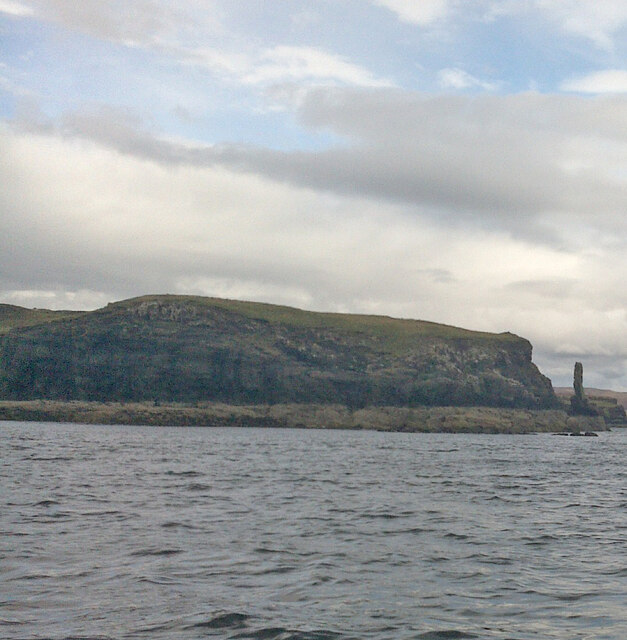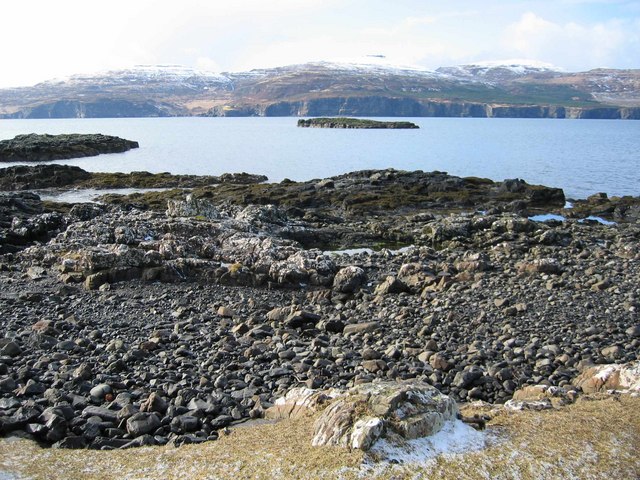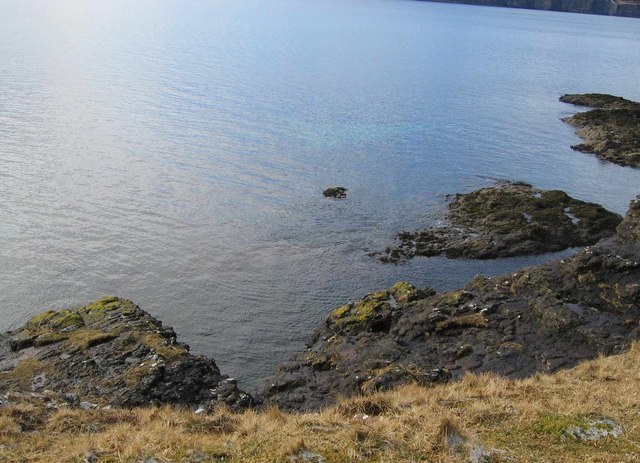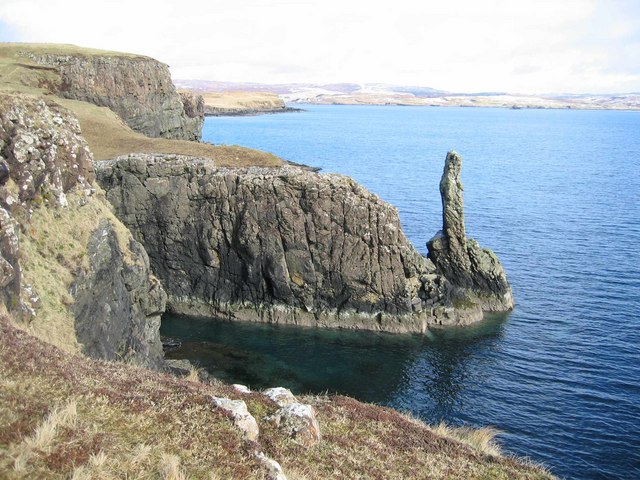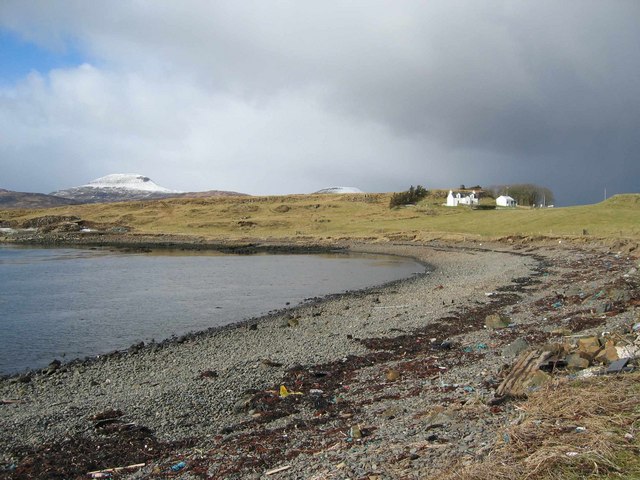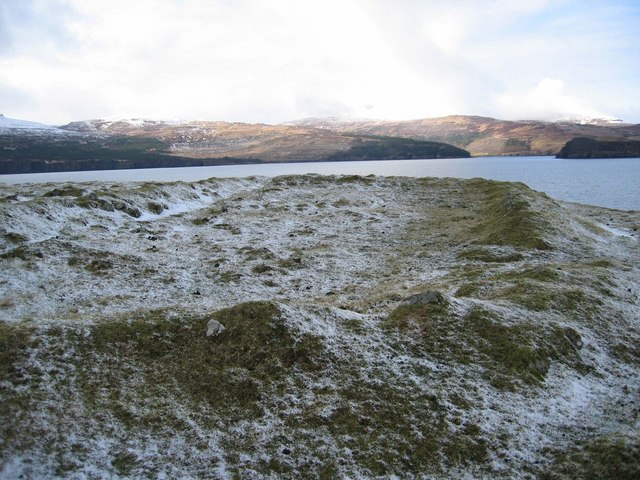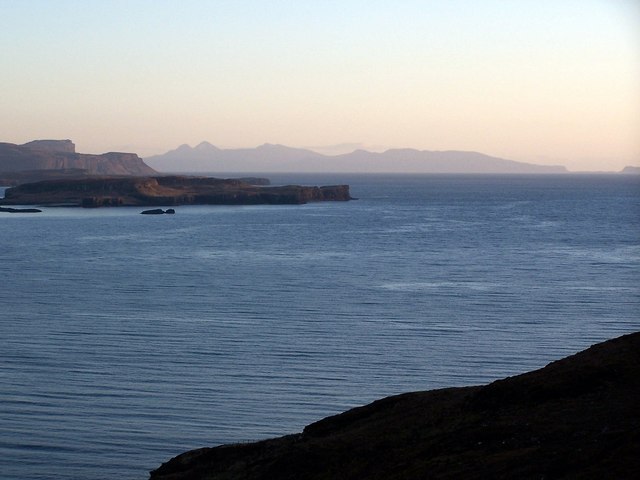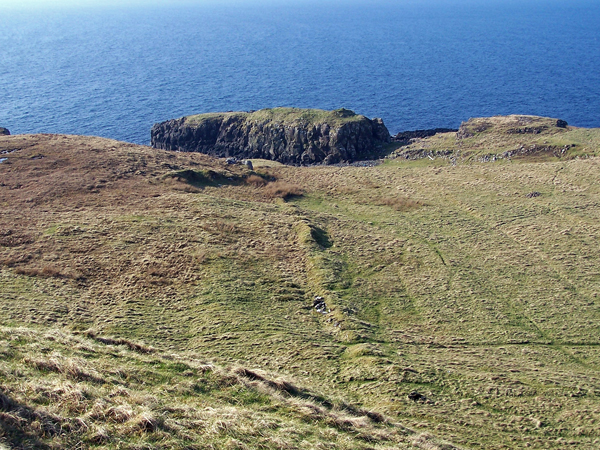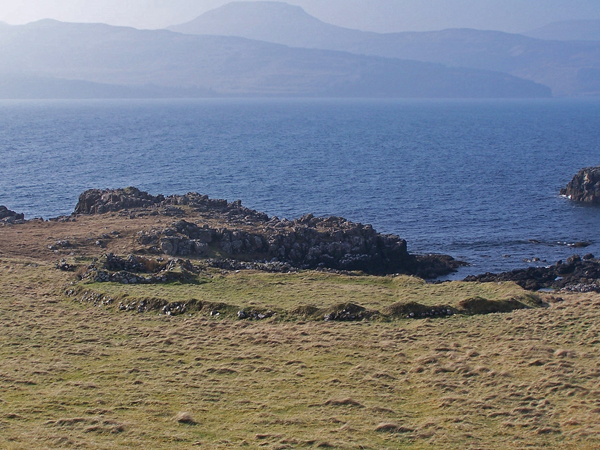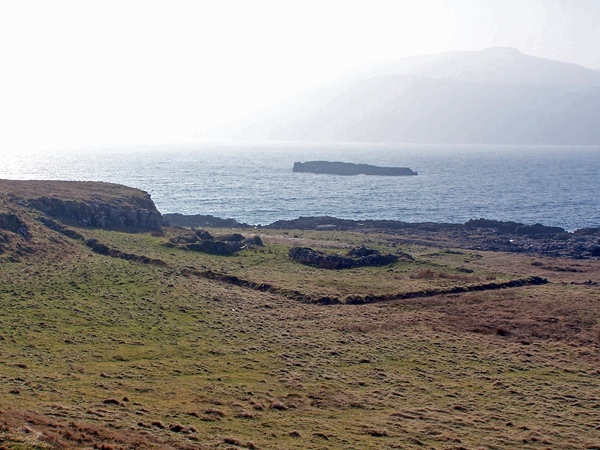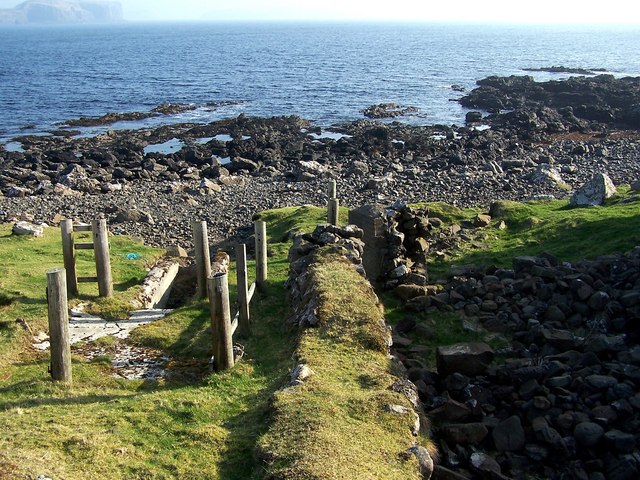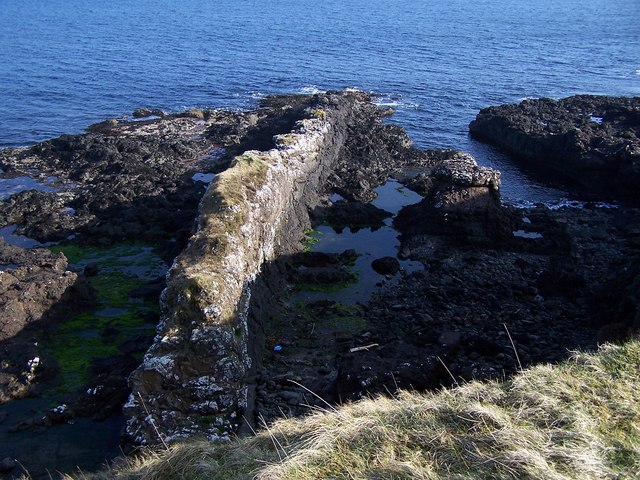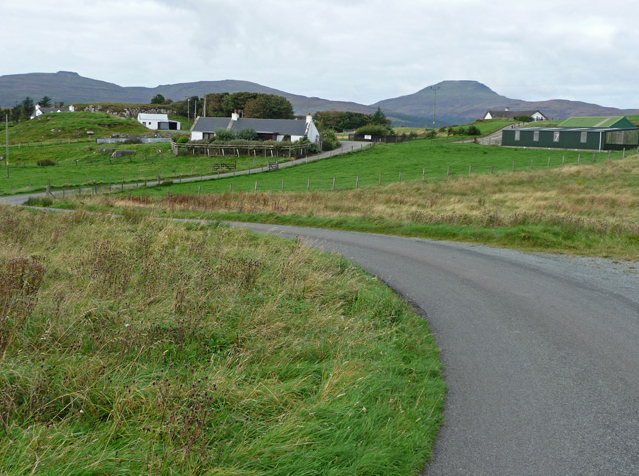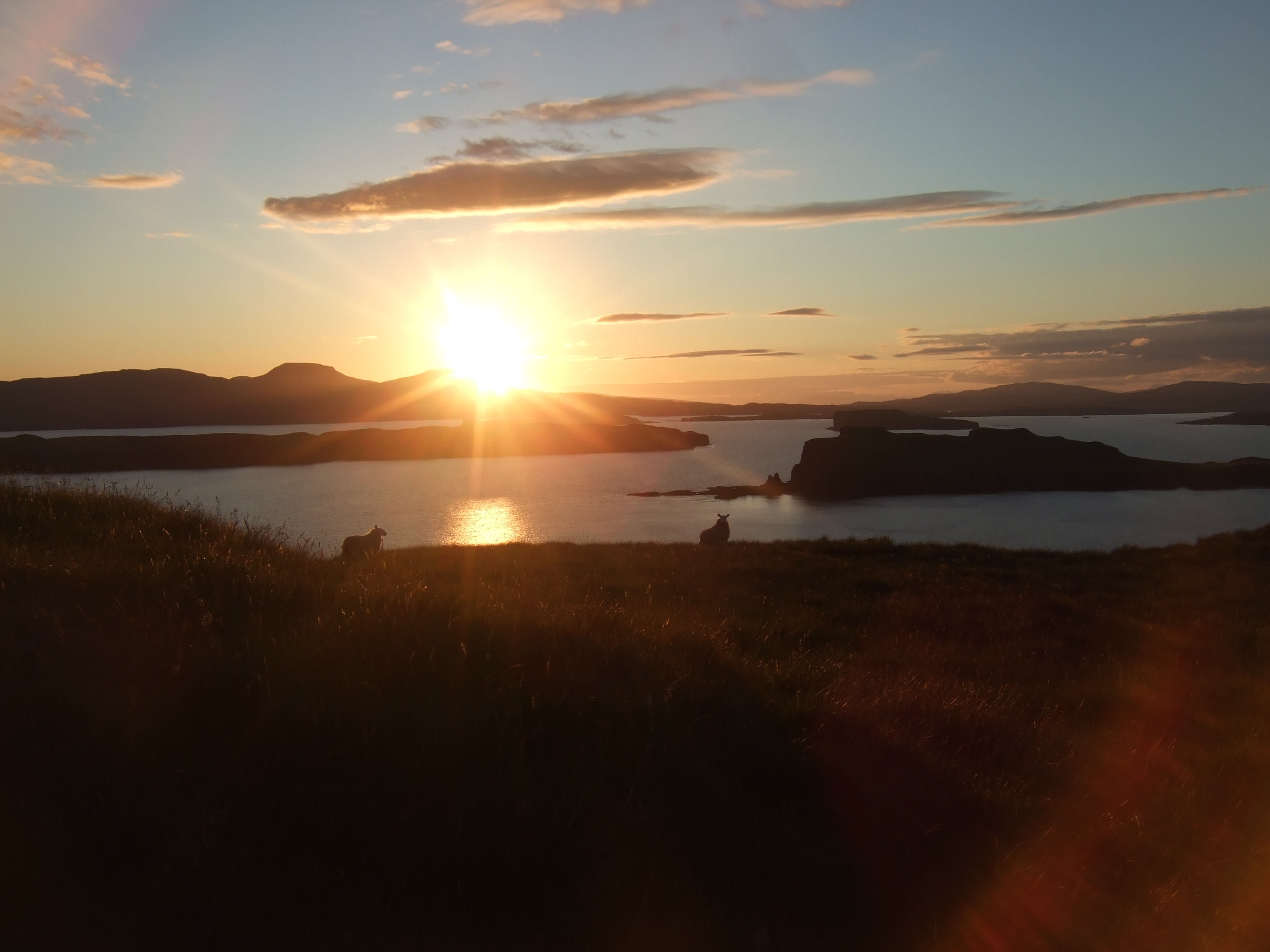Harlosh Island
Island in Inverness-shire
Scotland
Harlosh Island
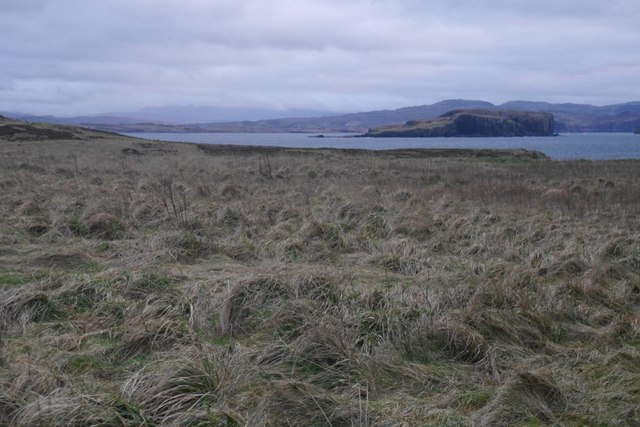
Harlosh Island is a picturesque island located in Inverness-shire, Scotland. Situated off the northwest coast of the mainland, it is part of the Inner Hebrides archipelago. The island spans approximately 3 square miles and is known for its stunning natural beauty and rugged landscapes.
The terrain of Harlosh Island is characterized by rolling hills, rocky cliffs, and expansive moorlands. It boasts breathtaking views of the surrounding sea and neighboring islands. The island is home to a diverse range of flora and fauna, including various species of birds and wildflowers.
Historically, Harlosh Island was primarily used for agriculture, with small-scale farming being the main occupation of its inhabitants. Today, the island has a small population, with a handful of residents residing in the few scattered houses and cottages.
Harlosh Island is a popular destination for outdoor enthusiasts, offering opportunities for hiking, bird watching, and photography. Visitors can explore the island's numerous walking trails, taking in the stunning vistas and enjoying the tranquility of the natural surroundings. The island's shores also provide excellent spots for fishing and beachcombing.
Access to Harlosh Island is primarily by boat, with regular ferry services available from nearby ports. The island is a haven for those seeking a peaceful retreat amidst the beauty of the Scottish Highlands and offers a unique glimpse into the traditional rural life of the region.
If you have any feedback on the listing, please let us know in the comments section below.
Harlosh Island Images
Images are sourced within 2km of 57.363607/-6.5266435 or Grid Reference NG2739. Thanks to Geograph Open Source API. All images are credited.
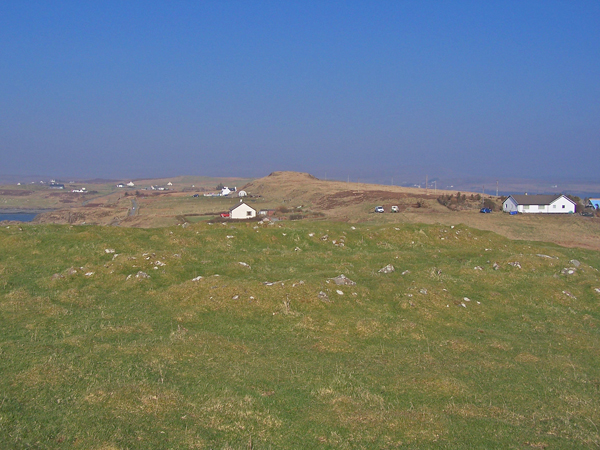
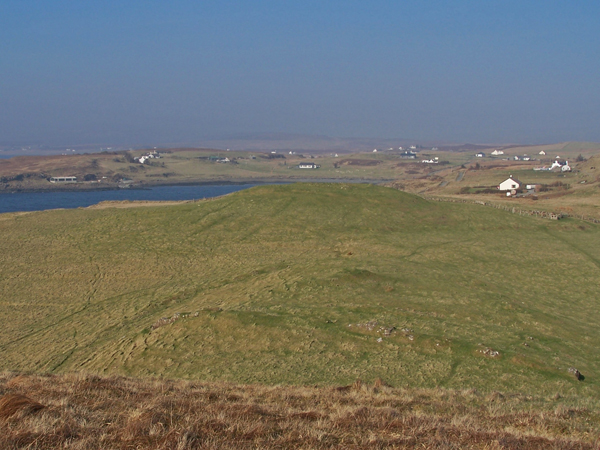
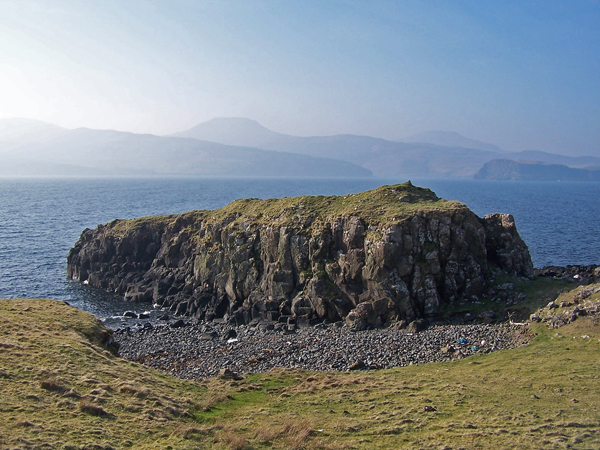
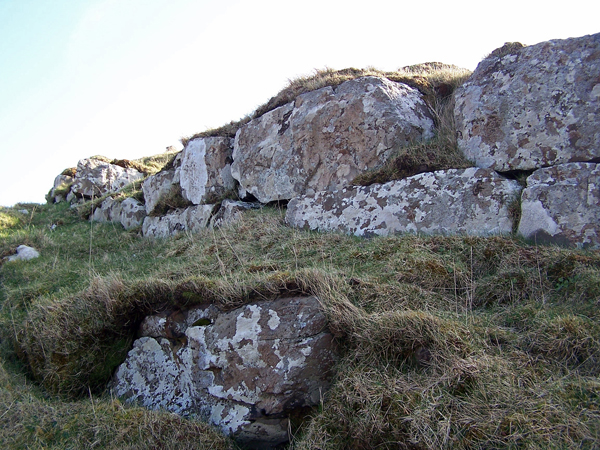
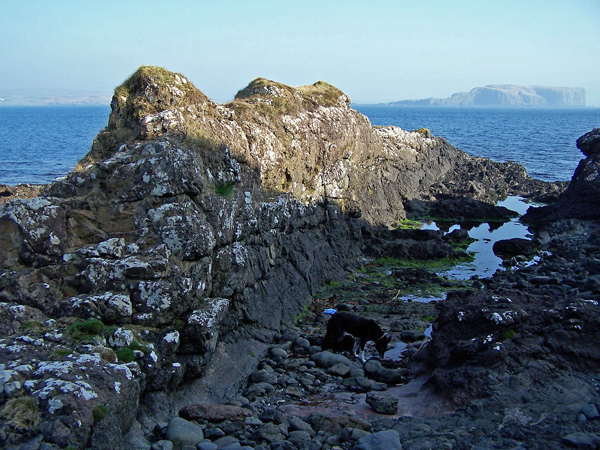
Harlosh Island is located at Grid Ref: NG2739 (Lat: 57.363607, Lng: -6.5266435)
Unitary Authority: Highland
Police Authority: Highlands and Islands
What 3 Words
///mailboxes.mooring.best. Near Dunvegan, Highland
Nearby Locations
Related Wikis
Harlosh Island
Harlosh Island is one of four islands to be found in Skye's Loch Bracadale. Harlosh Island is one mile (1.5 kilometres) from the coast of the Duirinish...
Tarner Island
Tarner Island is a triangular shaped island in Loch Bracadale just off the coast off the Harlosh peninsula of Skye in Scotland. It is about 28 hectares...
Harlosh
Harlosh (Scottish Gaelic: Heàrrlois) is a settlement on the island of Skye off the west coast of Scotland. The settlement is on a peninsula of the same...
Loch Bracadale
Loch Bracadale (Scottish Gaelic: Loch Bhràcadail) is a sea loch on the west coast of Skye in Scotland. It separates the Minginish Peninsula in the south...
Nearby Amenities
Located within 500m of 57.363607,-6.5266435Have you been to Harlosh Island?
Leave your review of Harlosh Island below (or comments, questions and feedback).
